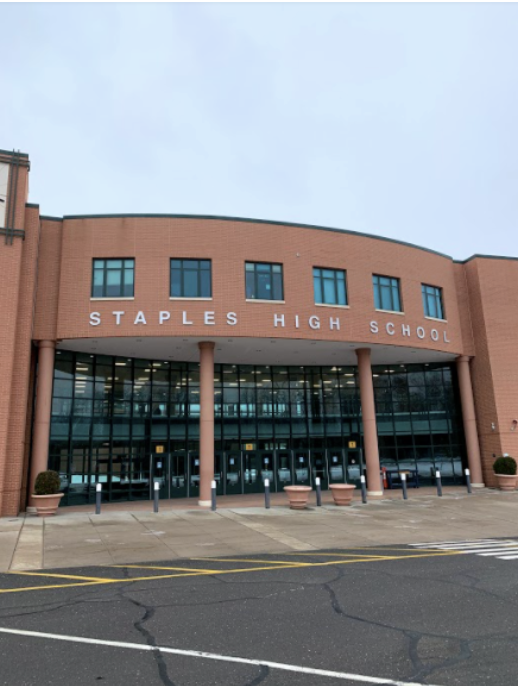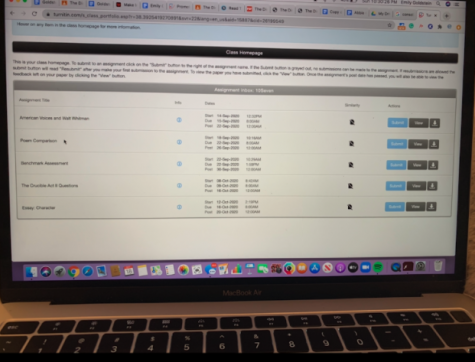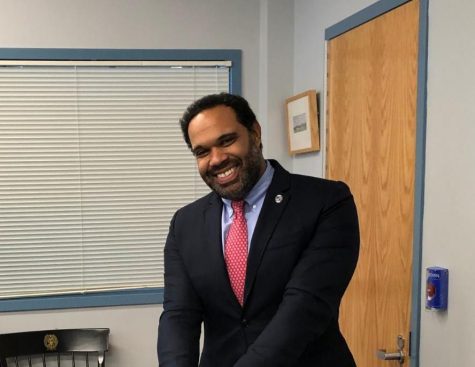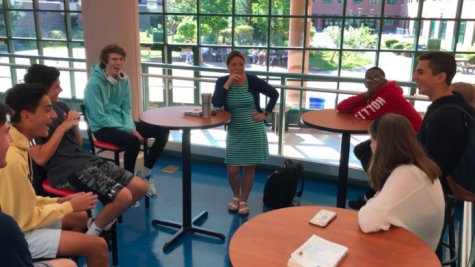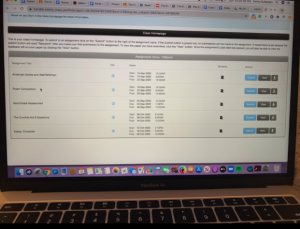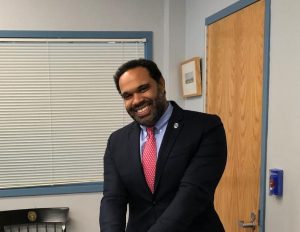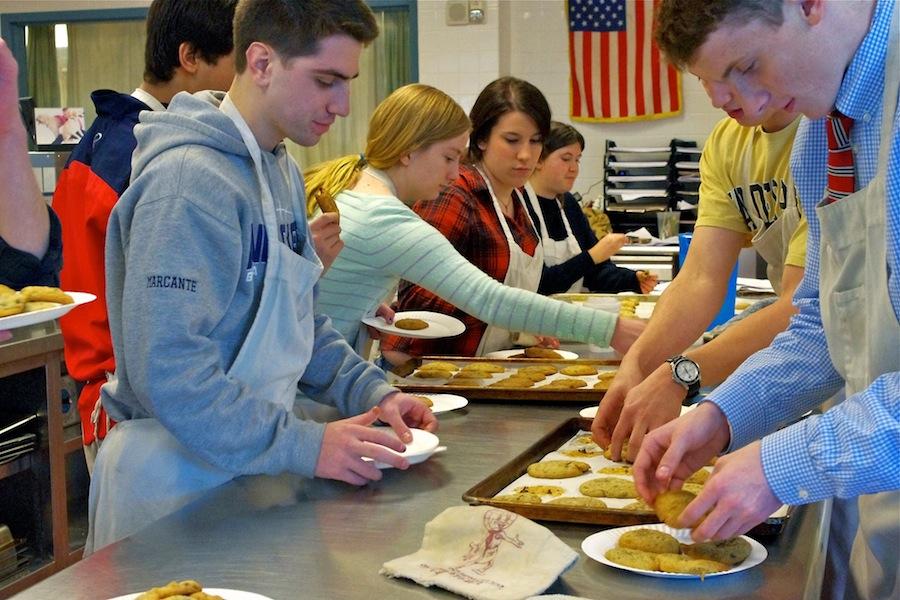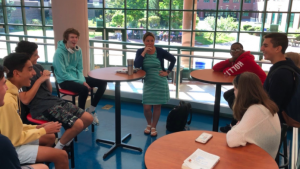Connections requires more independence for students, teachers to be successful
The implementations of Connections strived to connect students with trusted faculty members that are available to help in a variety of ways for both personal and school-related issues.
Connections: the mere sound of the word either makes students cringe or sigh with relief. Whether you dread the 20 minute period that seems to drag on or enjoy the small break in the day, we can all agree on one thing: Connections is a vastly different experience for every individual student.
Staples High School had never incorporated anything quite like Connections prior to the start of the 2019-2020 school year, but after a recommendation by the state of Connecticut, combined with efforts made by Principal Stafford Thomas, Staples integrated the 20 minute weekly or biweekly period into the schedule. Connections was quickly put to the test during March of 2020 when learning moved to fully remote and required even more effort to keep it functioning and serving its intended purpose of supporting students in difficult times.
The Staples Student Handbook outlines Connections as a way for teachers to share school-related information with students, allow teachers and students to foster relationships, and create an environment in which students feel comfortable speaking up about a variety of topics. While the idea appears to be one that would result in great success, the opinions of students and teachers differ wildly about how Connections actually operates in the way that teachers conduct their Connections lessons and reluctance from some students to fully participate.
I will admit that I am someone who enjoys Connections, but I do not attribute these feelings to the structure of Connections itself. Instead, I owe my positive experience to my Connections teacher, who understands the fact that you cannot connect with a group of teenagers by simply reading off a script; you have to engage them by better understanding the problems they face daily and the issues that truly matter to them. Connections will never reach its full potential when every group follows a uniform lesson plan instead of allowing teachers to tailor class experiences to better resonate with their students.
My Connections group was never one to “follow the rules,” per se. We created our own activities that allowed us to strengthen our bond. One of my group’s greatest feats was our decision to teach each other different life skills that may come in handy sometime in our life. Whether it was learning simple card tricks, how to wrap a present, or my lesson on how to sew a button on a piece of cloth, these little things have stuck with me. Of course, while we did take charge of our experience, we still were made aware of important information that was to be distributed or the ideas that were to be focused on for that week.
Even though I was lucky enough to find success in my Connections group, I am well aware that other students have not been so lucky, but I urge students and teachers alike to take initiative if they wish to reap the possible benefits of Connections. I know that it may feel awkward at first, but I guarantee that it will be such an enjoyable experience if you make an effort to make it enjoyable. So please, do away with the monotone prewritten messages and instead foster meaningful connections with your groups. Afterall, that is the purpose of Connections.

There are many lesser-known sports that students participate in at Staples High School.
“I feel like a lot of people don't know this,” Paper Opinions...

There are many lesser-known sports that students participate in at Staples High School.
“I feel like a lot of people don't know this,” Paper Opinions...












































